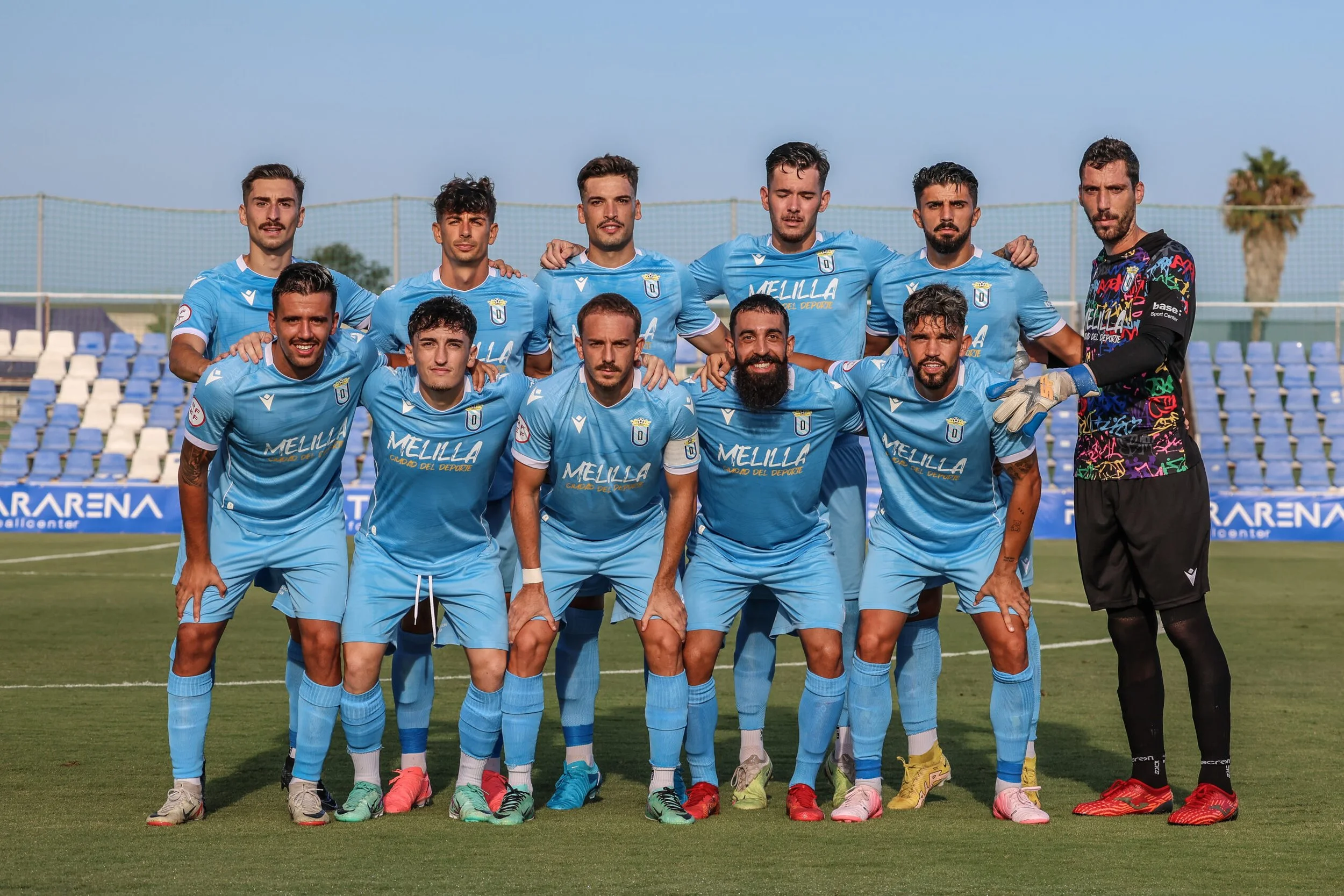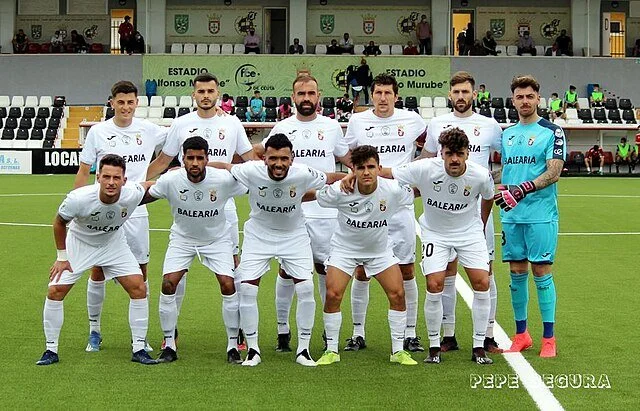The Spanish League Clubs on the African Continent
The football league system, nearly every nation with a footballing culture has one. Teams from villages, towns and cities travel up and down their respective countries every week to fulfil a packed schedule of games, all to decide which team is better.
At the top end of the game comes the introduction of international travel, for example the Champions League. Top teams such as Liverpool from England would have to travel to Spain to play Real Madrid or Hungary to play Ferencváros. All pretty standard affairs nowadays. How common is it to travel to a different country to play a league game though?
Similar Geographical Occurrences
We all know of Swansea and Cardiff playing in the English game, perhaps even Derry City playing from Northern Ireland in the Republic of Ireland.
These are not difficult games logistically, often it’s easier for teams to travel to these places than it is to other teams in their nations, for example, Bristol City and Cardiff are in different countries but are in the same league and they are only 40 miles apart, an easy hour’s drive.
A more unique story is of FC Vaduz playing in Switzerland, even though Vaduz is the capital of Liechtenstein, but that’s a story for another time.
Africa
Let’s have a look at two Spanish league clubs that geographically are located on the mainland continent of Africa. UD Melilla and AD Ceuta, regulars of the Spanish lower divisions and a logistical nightmare for many.
Looking at a map, zoom in on Spain and travel further south until you hit Morocco, at the northern tip you will find a tiny enclave with the city of Ceuta, and -further east you will find another tiny enclave with the city of Melilla. Why then are these two African based cities a part of the Spanish football league system?
Simply put, they are both Spanish. There’s a long history behind why these two tiny enclaves are a part of Spain and I encourage anyone to have a deep dive into the history.
In a nutshell, the cities are still officially claimed by the Moroccan government however the Spanish argue that their authority predates the existence of the modern Moroccan state and because of this they believe that their ambition to claim the land is invalid.
UD Melilla
A quick run-down of UD Melilla, the current club structure was founded in 1976, however, the original team was founded in 1940 under the name Juventud Español.
The club has been renamed nine times during its history with its current name being the longest tenure. The club plays at the 8,000-capacity stadium Estadio Municipal Álvarez Claro.
The club’s most notable games, unsurprisingly, came in the Spanish Copa del Rey. An aggregate loss of 4-2 to La Liga side Levante in the last 32 of the 2012-2013 season was one highlight as they won the first leg 1-0 at home, a huge result for the club.
However, their big day out was six years later in the 2018-2019 season, where again, in the last 32, they were drawn against Real Madrid. It was a humbling affair with an aggregate score of 10-1. The furthest the club ever reached was the round of 16, which they have done on two separate occasions.
YOU MAY ALSO LIKE: The Most Dangerous Football League?
AD Ceuta
Turning to AD Ceuta we find a more complicated history. Similar to Melilla the club has been renamed several times with financial issues being a common factor behind this.
Officially named Agrupación Deportiva Ceuta Fútbol Club since 2013 Ceuta has had similar successes to that of Melilla, reaching at best the round of 16. Playing out of the slightly smaller 6,500-capacity Estadio Alfonso Murube, Ceuta also had their big day out against the other giant of Spanish football, Barcelona, losing 5-0 at home at the round of 16 stage.
A Spanish-African Reformation
Historically, only Melilla were involved in a Moroccan football league system and an even smaller league within their enclave. This ended when the third division of Spanish football was introduced in 1943, eventually, the club was amalgamated into the Spanish game.
A slightly different transition for Ceuta though, the club were formed in 1956 meaning they didn’t have to transition from Moroccan football to Spanish football. They were automatically placed into the Spanish league system. Both clubs have flirted around the third, fourth and fifth divisions of Spain since. With several relegations and promotions on the resumes of each club.
What does this all mean for away days? As both clubs play on a different continent their official league travel is a certainty. For every away game, Melilla will have to travel across the Alboran Sea while Ceuta travel across the Strait of Gibraltar.
This travel is expensive which could be playing a major factor in why both clubs have consistently had financial troubles over the years. The rest of the league has to travel only once or at most twice a season across the water making the financial strain more manageable.
A Cross-Continental League Rivalry
The only circumstance in which the two clubs don’t have to travel to the mainland of Spain is when they play each other. This doesn’t happen every season as both clubs have often changed leagues through promotion and relegation.
With such a geographical circumstance it is hardly surprising that these two clubs have a rivalry, each club wants the title of the best Spanish club in Africa and it’s Melilla who currently holds the bragging rights, a 2-0 win in January one to remember for the eastern enclave, however, it was Ceuta celebrating at the end of the season having finished 5th while Melilla finished down in 18th. This past season was the first the clubs have shared since 2012.
A story similar to that of Swansea and Cardiff in so many ways, but a story so different in others. Will we see a time when either club reach the higher levels of the Spanish game? Possibly, but unlikely.
The financial restraints for both clubs are a huge obstacle to overcome, but that said in modern football a takeover from a rich owner isn’t unheard of, think of AS Arta in Djibouti. A unique geographical story, is the ‘Enclave Derby’, a European derby that takes place between two clubs over 200km from each other and on the continent of Africa.
Written and Researched by BSc Cavan Campbell
READ NEXT: Oceania and the World Cup: Anyone but New Zealand?


